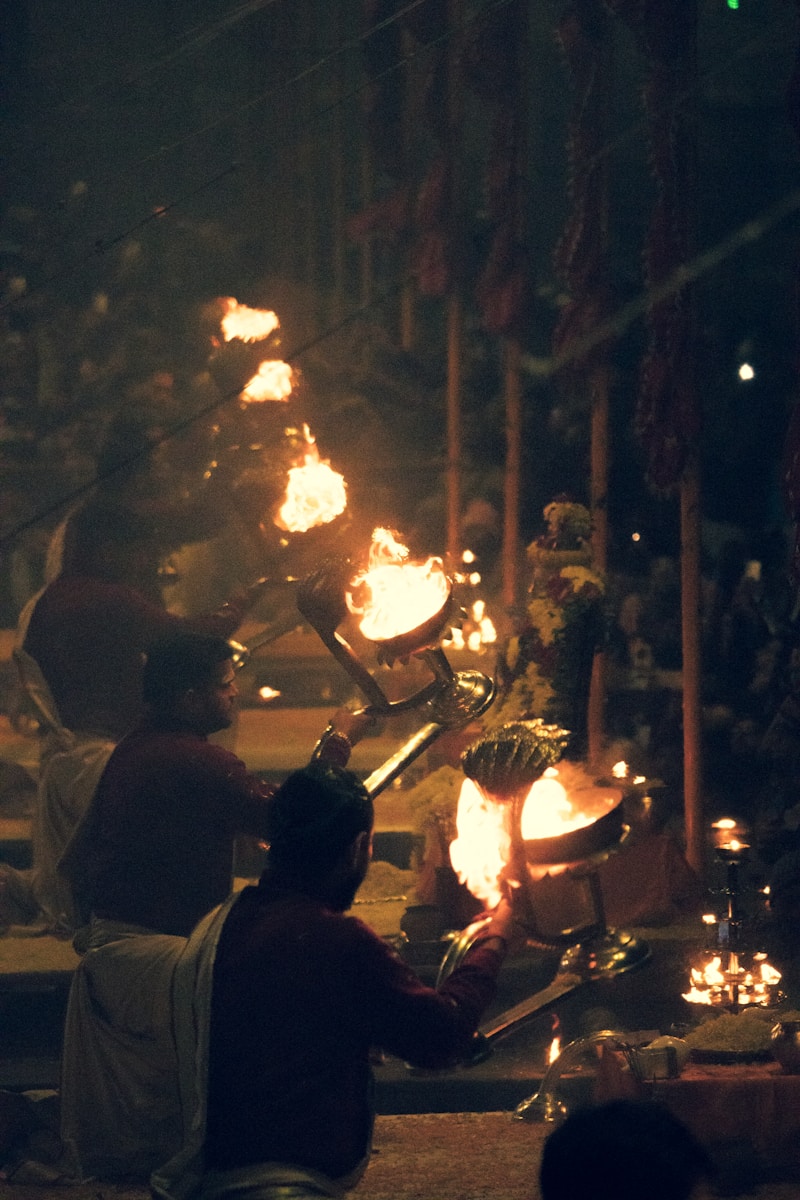Exploring the Evolution of Marriage Traditions Across Cultures
Exploring the Evolution of Marriage Traditions Across Cultures
Introduction to Marriage Traditions
Marriage has been an integral part of human society for centuries, serving not only as a bond between individuals but also as a significant cultural institution. The evolution of marriage traditions reflects the changes in societal norms, religious beliefs, and cultural values. In this article, we will explore how marriage traditions have evolved over time and across different cultures, focusing on various dimensions such as ceremonies, customs, and legal aspects.
The Historical Perspective of Marriage Traditions
Marriage has existed in various forms since ancient times. Initially, marriages were often arranged for economic and strategic reasons, rather than love. The concept of romantic love as a foundation for marriage is a relatively modern phenomenon that began to gain traction during the Renaissance in Europe.
| Era | Marriage Characteristics |
| Ancient Times | Arranged marriages, the exchange of dowries |
| Medieval Period | Influence of religion, consolidation of power among families |
| Renaissance | Romantic love emerges, an increase in individual choice |
| Modern Era | Legal recognition, same-sex marriage, and cultural diversity |
This table illustrates the transformative nature of marriage across different historical periods, highlighting how societal influences shaped traditions.
Cultural Variations in Marriage Traditions
As societies evolved, so did their marriage traditions. Every culture has unique practices that reflect its values and beliefs. Here are a few examples of how marriage traditions vary around the world:
1. Indian Wedding Traditions
Indian weddings are often grand and elaborate ceremonies that can last for several days. Traditionally, marriages are arranged by families, with various pre-wedding rituals such as Mehendi and Sangeet. The rituals emphasize familial bonds and community involvement, showcasing colorful festivities and diverse cultural symbols.

2. Western Marriage Traditions
In many Western cultures, marriage is often associated with the exchange of vows and rings. The concept of “walking down the aisle” has become a significant cultural symbol. Weddings typically involve a ceremony conducted by a religious or civil authority, followed by a celebration with family and friends. The idea of a white wedding dress gained popularity in the 19th century, largely due to Queen Victoria's choice of a white gown for her marriage.
3. African Marriage Practices
African marriage traditions vary widely across the continent. In some cultures, bride price is an essential aspect of marriage, symbolizing respect for the bride's family. Traditional ceremonies may include music, dance, and communal participation. In countries like Nigeria, elaborate wedding celebrations can last for days, emphasizing cultural heritage.
The Legal Evolution of Marriage
The legal status of marriage has significantly evolved over the past few centuries. In many countries, marriage has transitioned from a private or religious matter to a legal one, providing spouses with rights and responsibilities. The legalization of same-sex marriage in several nations represents a pivotal moment in the evolution of marriage laws, reinforcing the idea that love knows no boundaries.
Marriage Laws Around the World
Here’s a quick overview of marriage laws in different regions:
| Region | Marriage Laws |
| United States | Legal recognition of same-sex marriage since 2015 |
| India | Recognition of marriage under Hindu, Muslim, and Special Marriage Acts |
| Scandinavia | Strong legal protections for both same-sex and heterosexual couples |
| Middle East | Often governed by religious laws with variations per country |
Modern Trends in Marriage Traditions
In the modern era, marriage traditions continue to evolve with changing societal norms and values. The rise of technology has introduced virtual wedding ceremonies and online platforms for matchmaking, expanding the concept of how one finds a partner. Furthermore, couples are increasingly personalizing their ceremonies to reflect their unique love stories, moving away from traditional norms.
Challenges and Considerations in Marriage Evolution
As we examine the evolution of marriage traditions, it is essential to acknowledge the challenges faced by couples and societies. These include:
- Gender Roles: Traditional gender roles continue to influence marriage expectations, which can lead to disputes and misunderstandings between partners.
- Globalization: Exposure to different cultures may result in a hybridization of marriage practices, leading to potential cultural clashes.
- Legal Inequality: In some regions, legal frameworks still do not recognize marriages equally, particularly concerning LGBTQ+ rights.
Recommendations for Future Marriage Practices
To foster a positive evolution of marriage traditions, it is vital to consider the following recommendations:
- Encourage open discussions between partners regarding roles and responsibilities within the marriage.
- Promote cultural sensitivity and awareness in multicultural marriages to ensure mutual respect for traditions.
- Advocate for legal reforms that ensure equality and protection for all types of marriages.
Conclusion
In summary, the evolution of marriage traditions is a testament to the changing landscape of human relationships. From historical arrangements to modern love stories, marriage reflects societal norms and personal values. Understanding these traditions is essential for appreciating cultural diversity and embracing the future of love and commitment. As we move forward, let’s celebrate the rich tapestry of marriage traditions while advocating for equality and respect for all couples.
As you navigate your own journey of marriage, consider the traditions that resonate with you while remaining open to the evolving practices that reflect your love story.
